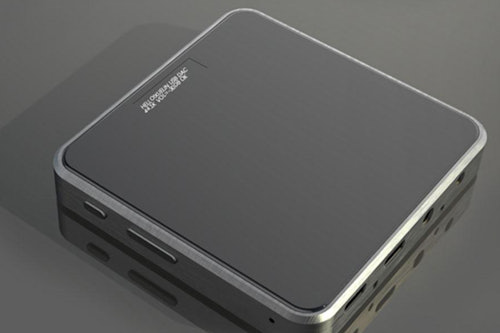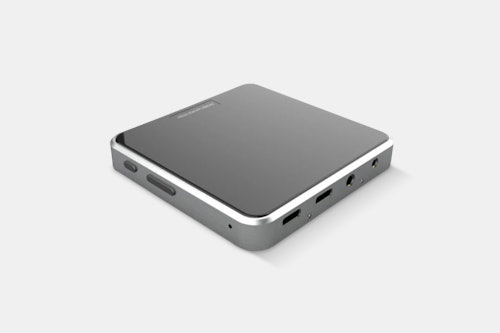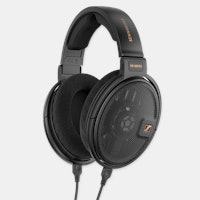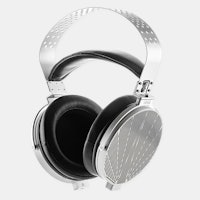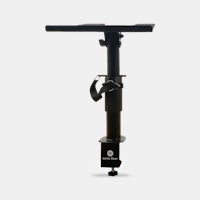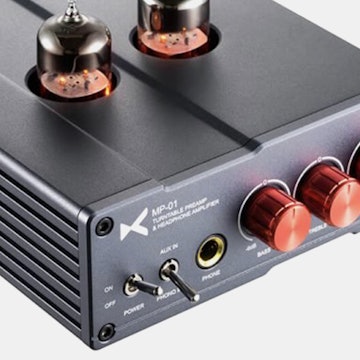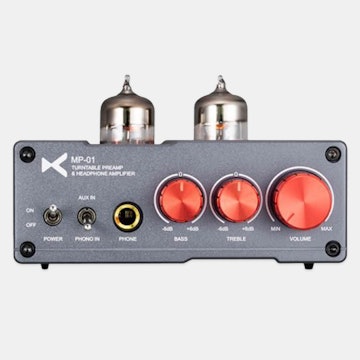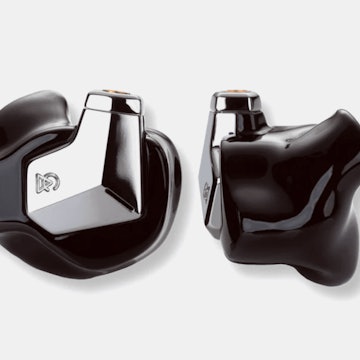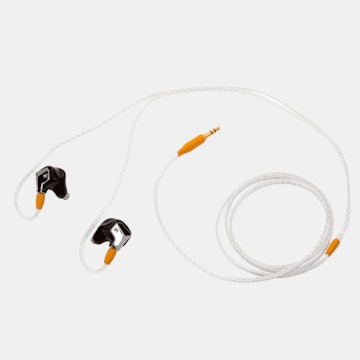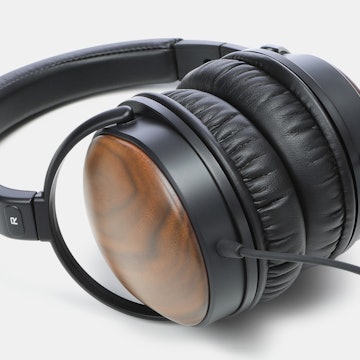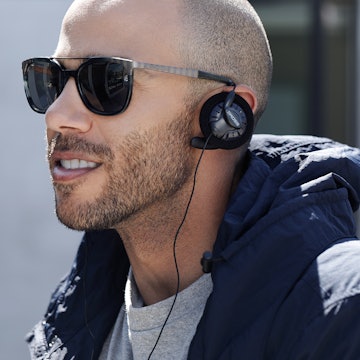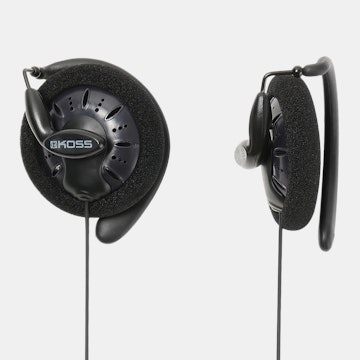Click to view our Accessibility Statement or contact us with accessibility-related questions







Xuelin H7 DAC/Amp
Xuelin H7 DAC/Amp
bookmark_border
Where's the price?
To negotiate the best possible price for our customers, we agree to hide prices prior to logging in.
28 requests
·
2 Sold
Product Description
A do-it-all DAC/amp for the mobile listener, the H7 from Xuelin fits an extensive range of high-performing hardware into a sleek form factor. Handling digital-to-analog conversion, two ES9038Q2M chips achieve a wide dynamic range alongside an ultra-low 112-decibel signal-to-noise ratio and 120-decibel THD + N level Read More

search
close
Sort by: Newest
keyboard_arrow_downthe_fritz
35
Apr 22, 2021
Just to give you some first impressions while the drop is still active: I received my Xuelin H7 DAC/Amp today which I ordered a week ago on release day from China. Not much testing on sound quality done yet. Some infos w.r.t. to the discussed portability: it is not as big and hefty as you might think; see the comparison with other DAC/Amps below (obviously it is not a lightweight dongle either). It works really great and sounds very(!) good with the few headphones I tested it with. It turns on upon USB connection (in low gain mode). With two clicks you are in its party-trick mode: the automatic headphone resistance (impedance) test; that one is quite accurate (e.g. 121 Ohm measured for my HD560s with 120 Ohm officially) and changes the gain setting accordingly. Unfortunately this is also the _only way_ to change the gain (L,M,H) which is not the optimum for not-sensitive planars like my T50rp2 which lands at "mid" gain with its 48 Ohm but would benefit from high gain. The power of this DAC/Amp is however sufficient to drive those demanding planar headphones even from the single-ended port (definitely not to the full potential but still quite ok). Balanced output is much more powerful and I use e.g. the GL2000s (with 70 Ohm=Mid Gain) at -22dB balanced. Volume setting is highly accurate as well with 0.5dB increments. Android and Linux recognize it without problems and Win10 offers up to 384kHz/32bits. It runs a bit warm under load ... and very warm when charged and working as amp simultaneously. The (very small) display is nicer than I expected. Its body is not silver as one might think from the images but entirely black and the glass is definitively a fingerprint magnet. In my opinion it is well worth the price (if you do not need/want bluetooth)...
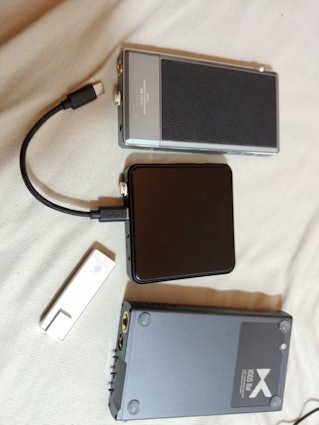
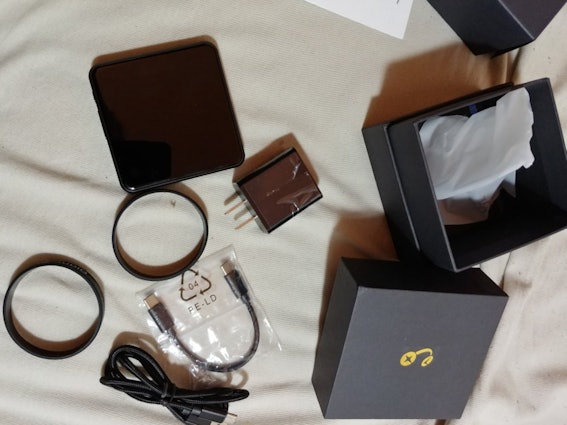
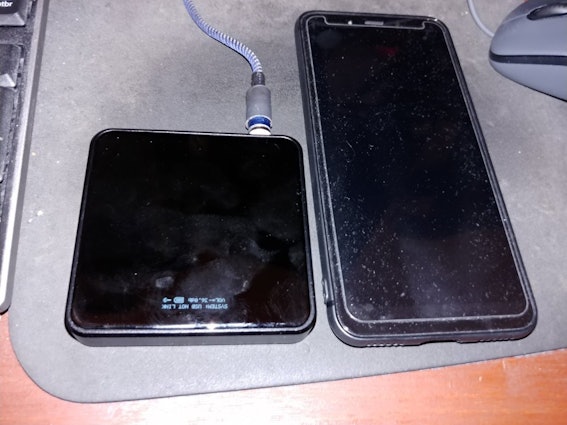



(Edited)
the_fritz
35
May 6, 2021
Yes that is normal... which is a pity - could have been done automatically when connecting in headphones (like in some LG phones with "quad DAC").
samfoot89
13
May 6, 2021
the_fritzAh okie. I find that there's alot of flaws in the system. Battery won't show full etc. Sampling rate seems fine on pc when I adjust sampling rate, it's only on my phone it seems weird, I remember seeing 47khz on Spotify for kHz. But now it seems to be just at 98khz for Spotify 😅
mista_chell
3
Apr 17, 2021
What is the output power for balanced vs unbalanced? This information is obviously vital and not provided in the details section.
(Edited)
GLRTV
30
Apr 17, 2021
Linsoul has posted the output (power) specs:
262mW@32Ohm (3.5mm SE), 1051mw(2.5mm Balanced )
112mW@150Ohm (3.5mm SE), 448mw(2.5mm Balanced )
154mW@300Ohm (3.5mm SE), 598mw(2.5mm Balanced )
https://www.linsoul.com/products/xuelin-h7
That's very powerful (balanced output) for the form factor.
It seems to detect the headphone impedance and automatically adjust gain and/or supply rail voltage, which would explain why power at 300Ohm is higher than at 150Ohm. Pretty cool!
Could be a very good portable desktop DAC / AMP (office / mobile office, university, library...).
I wish it had bluetooth.
It's not going to replace a BTR5 for portability tho (too big and no bluetooth).
(Edited)

Cferrer1983
81
Apr 17, 2021
I don't understand this product, seems overpriced, does it do anything better than the btr 5, es100 or qudelix?
HrumHrum
52
Apr 19, 2021
Cferrer1983Power delivery is better
262mW@32 Ohm (3.5mm SE), 1051mw(2.5mm Balanced)
112mW@150 Ohm (3.5mm SE), 448mw(2.5mm Balanced)
154mW@300 Ohm (3.5mm SE), 598mw(2.5mm Balanced)
So as someone else said here, it is a to-go AMP/DAC vs BTR5 on-the-go
So if you go for vacay or to country side cottage and dont want to drag your 2k amp/dac with you,
and took some IEMs and cans, that would be the usage scenario.
BTR5 is great, but can only do so much with power it can give
Recent Activity

